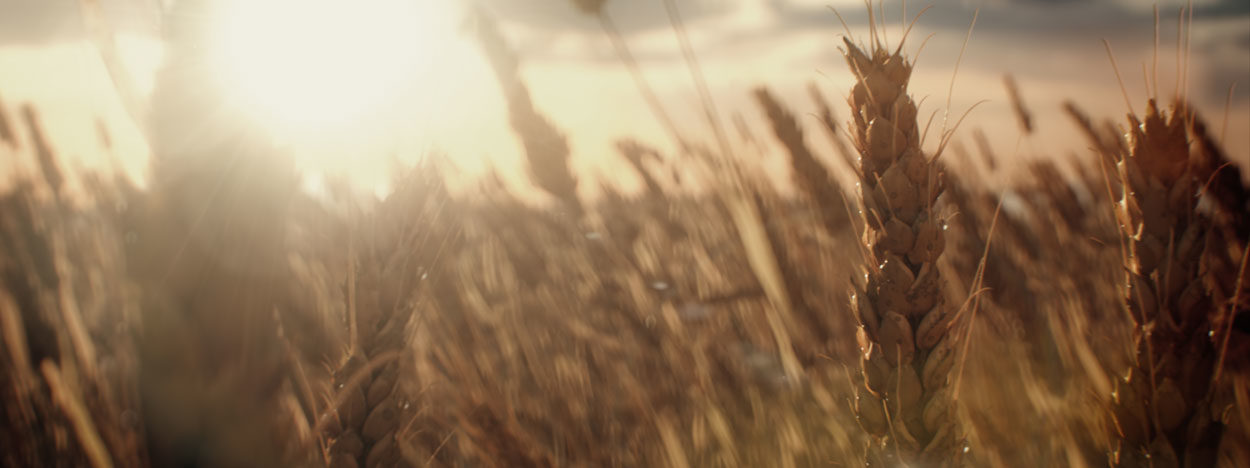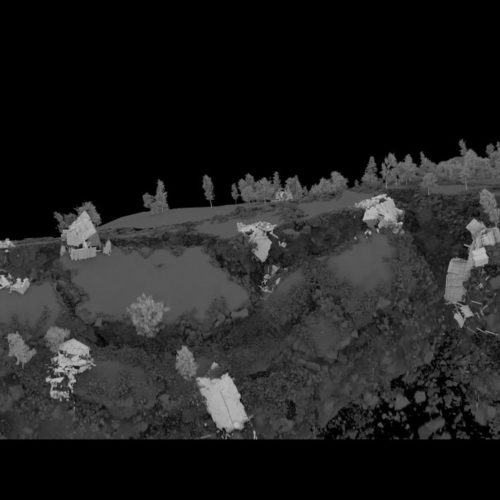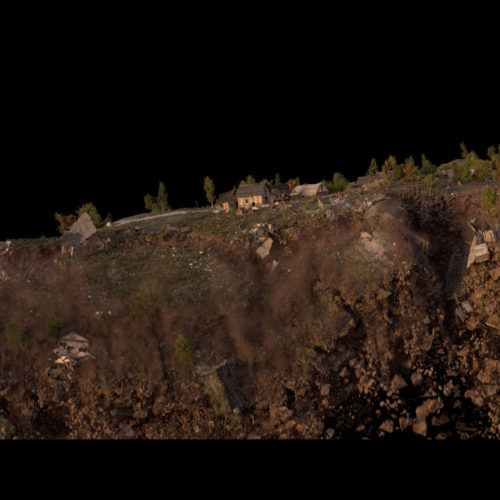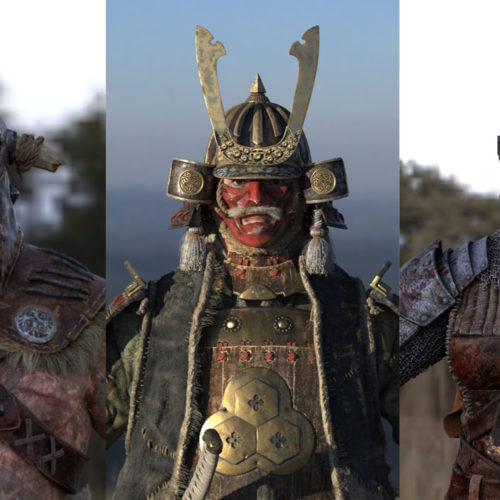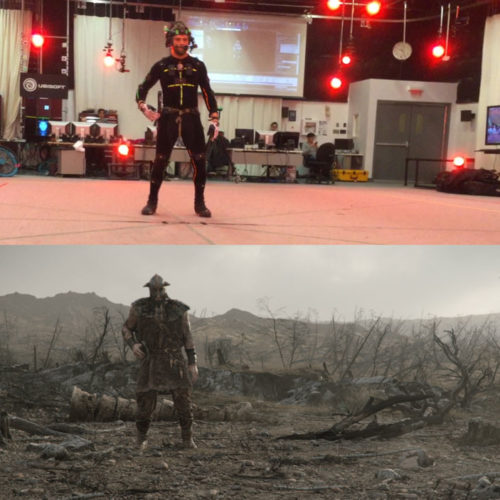Winner of the category “Best Game Cinematic” 2016: “For Honor”
Ever wanted to fight like a Viking, a knight or a samurai? Ubisoft’s “For Honor” lets you do just that. In order to vanquish opponents, players have to combine speed and strategy in multi-player hand-to-hand combat. And it was precisely this game principle that France’s Unit Image visualised in their trailer for the E3 Convention 2016. And, as is to be expected from the four-man directors collective “The Andy’s”, they did so in an extremely impressive way.
Unit Image is for France what Platige Image is for Poland and Digic Pictures for Hungary: they are luminaries in the field of game cinematics. The last time the team from France won an animago AWARD was in 2013 for their trailer for “The Crew”. In 2016, they once again took home a trophy for a project commissioned by Ubisoft. The “For Honor” trailer impressed the animago jury first and foremost by means of its almost photorealistic, epic-scale environment destructions.
More staff
Unit Image had to use a larger team than usual for these large-scale destructions. For the sake of comparison, the trailer for “The Crew” was made by 25 artists in four months, while “For Honor” involved a total of 65 artists in all production phases from the script to the delivery of the final shots. The team began working on the project already in September 2015; the CG production itself was completed in 5 months, and they were able to deliver final trailer in May 2016.
Destruction & time-lapse
The trailer thrives on two central design concepts: first of all, the massive catastrophe that leads to the destruction of the environments. The main references for this scenery were the feature films “2012” and “The Day after Tomorrow” from that doomsday specialist Roland Emmerich, as well as “War of the Worlds” by Steven Spielberg. The second important element is the time-lapse sequence in the middle of the clip where 1,000 years go by in only a few seconds, which had to be made clear to audiences by means of the changing environment and lighting. In order to achieve this, Unit Image developed different techniques designed to make the CG vegetation sprout extra quickly.
Face scanning & pipeline
The team did their modelling and texturing with ZBrush and 3ds May, and the plug-in Ornatrix was used for the characters’ hair. One particularly interesting aspect about this project for Unit Image was the scanning of faces for use in the 3D characters; they were able to achieve this process, including the transfer of the files to the 3D tools, by means of in-house scripts. The layout, rigging and facial animation were done in 3ds Max; for the lighting, shading and rendering, they used the Autodesk tool in combination with V-Ray. Maya also helped out in the rigging process. The animation films for the 3D figures were generated in motion-capture shots with actors, and the pipeline was based on Motion Builder. The compositing was done in After Effects. In-house scripts were also developed for the assembly of the scenes..
Challenges
The task of inserting the almost photorealistic characters into the massive destruction of the CG environments was a complicated matter. The Unit team designed their characters’ bodies and clothing in a highly detailed way; indeed, it took a lot of work and patience before the cloth simulation looked perfect. They managed to achieve their goals using a combination of different techniques and thanks to the efforts of talented artists in every stage of production.
Impressing images
Unit Image never approaches a project as a mere client order; the team’s goal in its work is to produce timelessly impressive images. This top priority has garnered the Andy’s a number of international awards and lots of recognition for their work on both the technical and artistic side. What the passionate team likes the most about its game-trailer projects is the extent to which they get immersed in film universes as well as the fact that they have to face a whole new set of challenges every time. These high expectations have prompted Unit Image to surpass the expectations of customers time and again.
(Mirja Fürst)
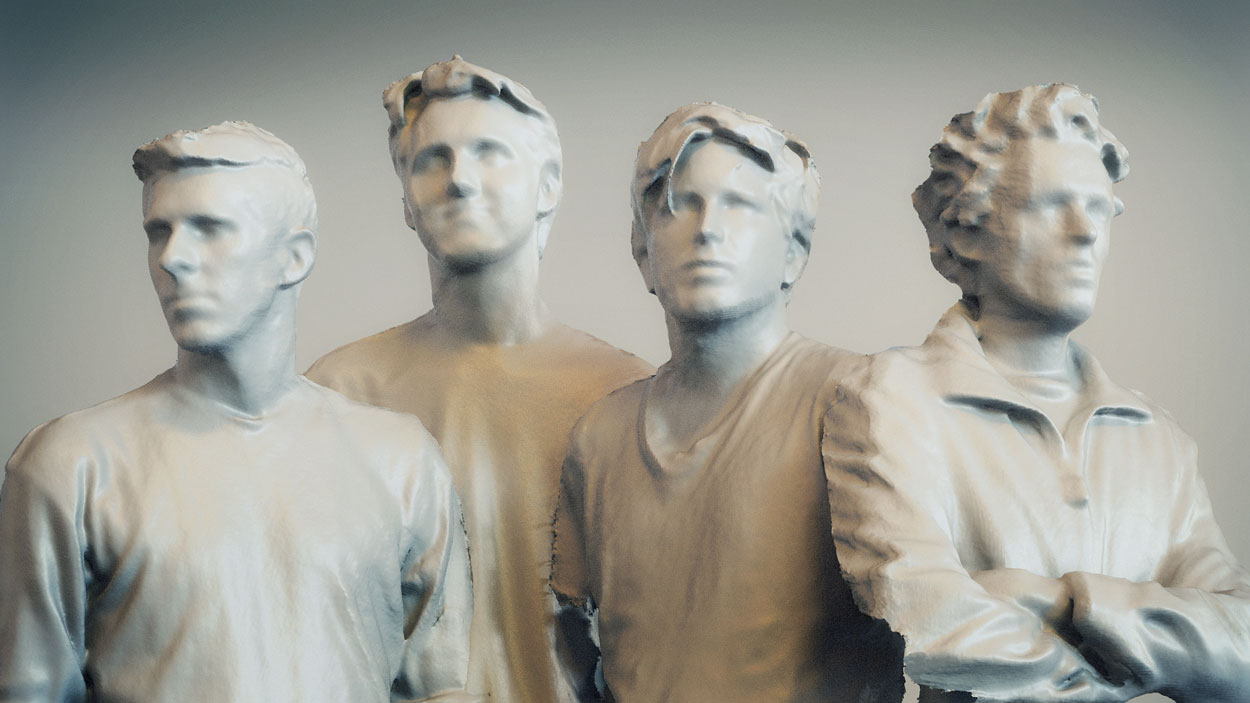
Credits “For Honor”:
Studio: Unit Image – Client: Ubisoft – Directors: Léon Bérelle, Dominique Boidin, Rémi Kozyra, Maxime Luère – Producer: Stephane Cardin – Country: France – Software: 3ds Max, V-Ray, After Effects, ZBrush
Here the Making-of-Video of the project “For Honor”:
The two other nominees in the category “Best Game Cinematic” in the year 2016:
Final Fantasy XV Trailer
Studio: Digic Pictures – Client: Square Enix – Country: Hungary – Software: 3ds Max, Maya, Houdini, Mudbox, Bodypaint, ZBrush, Nuke, Final Cut
WildStar Free-To-Play Launch Cinematic
Studio: Fortiche Production – Developer: Carbine Studios – Publisher: NC Soft – Software: TVPaint, 3ds Max, ZBrush, After Effects, V-Ray, After Effects
Autodesk is sponsoring the „Best Game Cinematic“ category in 2017. Read here more about the company, which develops software like Maya, 3ds Max and Flame.

